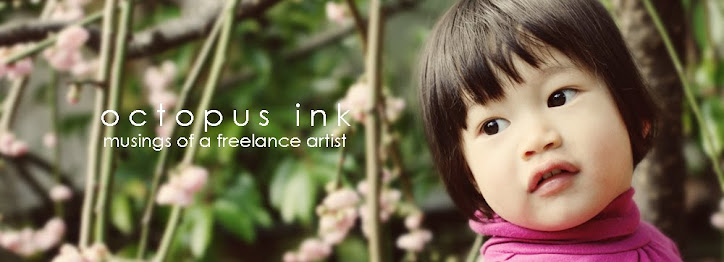Tuesday, September 14, 2010
So you will know more than ever will be useful about Ultimate Club Competition, and then some notes on Ultimate Photography.
Northern California Mixed Club Ultimate Sectionals this past weekend. For those of you of whom that didn't make much sense, let me explain. NorCal is easy, and Ultimate is Ultimtae Frisbee. Mixed means teams consisting of men and women (with a ratio of 4:3 on the field). Club is a division of play; there's Youth (highschool, and younger), College (college and grad schoolers), Club for anyone out of college, and Masters for "anyone over 33" but it tends to be those who have been playing for some 20 years - the pioneering generation of ultimate players now 40+.
Divisions don't necessarily indicate competitiveness (mentally and physically) - many college teams are definitely more competitive than easy going club teams. However the best ultimate players in the US are in the highest ranking club teams. Perhaps divisions are more loosely based on age. Moving on - Sectionals is the first stage of competition for teams to head to Regionals; so winners from NorCal and SoCal sections move on to South West (I believe) Regionals and then the top seeded go on to Nationals.
Club team intensity ranges from those with tryouts and mandatory practices/trainings to those consisting of friends which are thrown together casually at the last minute for fun. The latter describes Our team, Tonic! I rented a long lens to try my hand at action shots. The hardest part is definitely being at the right place at the right time. I wish there were 4 of me, to stake out 4 corners of the field. I could run up and down the sideline following the action but really, I only had so much motivation.
There is some predictability with certain players as to what they will be doing (handlers and deep cutters). Mostly I just hoped that the action would happen not too far away (as my lens only zooms So Far, and the further away the action, the more likely other players will be in the way of the shot) and that players would not have their back to me.
Timing is hard. The best photos I think, are immediately before a person catches the disc, or immediately after throwing, so there is this momentum. In the second pic, taken just after the apex of jump, already has downward momentum, you see - not as dramatic as it would be a split second earlier. Also, people tend to blink when they've caught the disc, but before catching - eyes are very open, as you see in the 3rd photo.
Perhaps the best thing to do is a series of machine gun shots, like the first picture. I don't know why I didn't do more of these - this is a more effective story-telling layout. In the last pic, we don't know whether he caught the disc or not, and we are forever left with a cliff hanger.
With ultimate pics, I think it's important to fit the whole body in the shot, which is completely different to my baby photos where I do all sorts of cropping. And not only the whole body, but also the shadow on the grass, to show height of jump. And, including opposing team players shows what we were up against. Well, as with any type of photography, it takes years of practice to become very good. I learned here that 2 years of intensive baby photographing only minisculely prepares one for ultimate photography.
Subscribe to:
Post Comments (Atom)




No comments:
Post a Comment